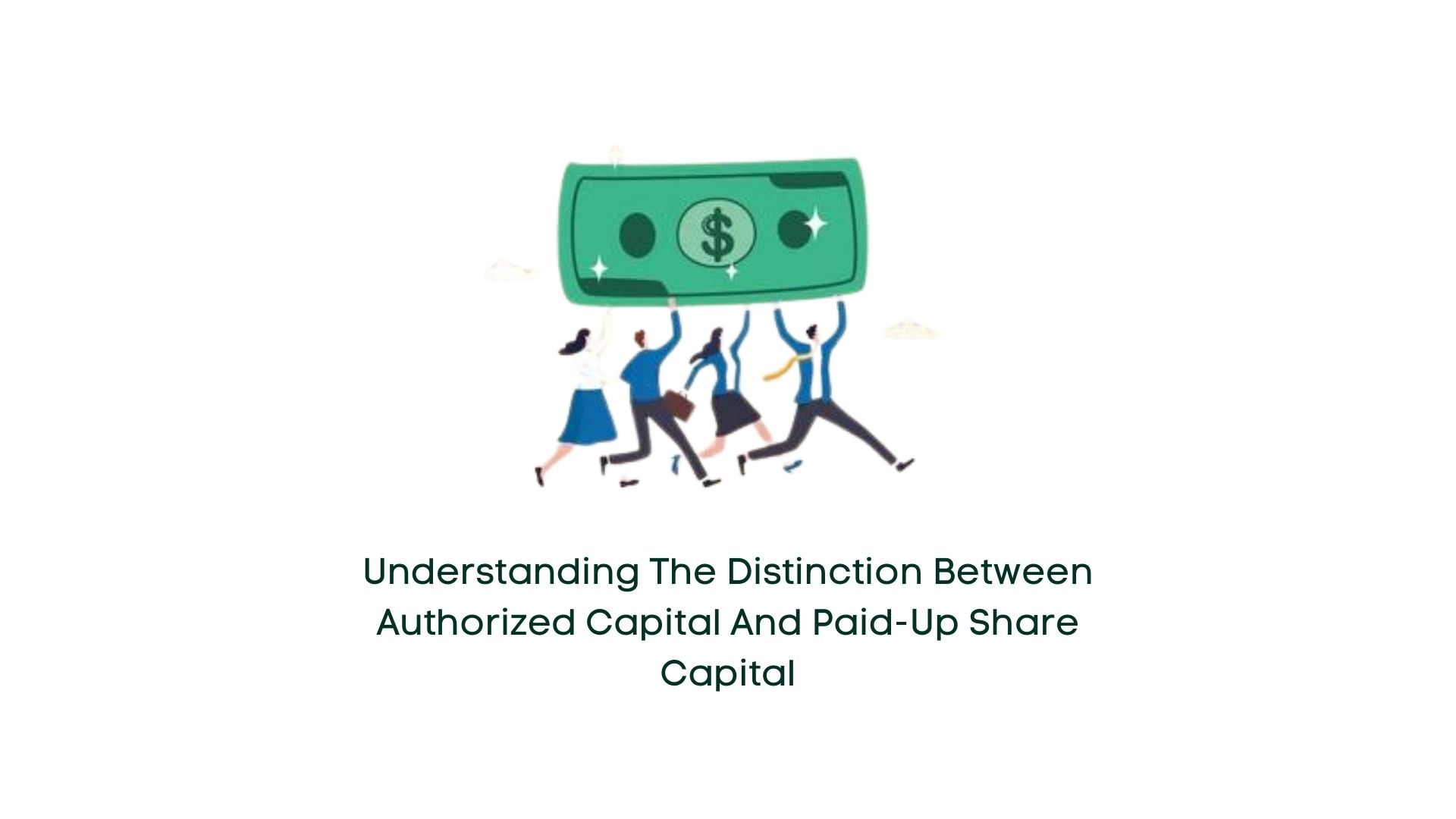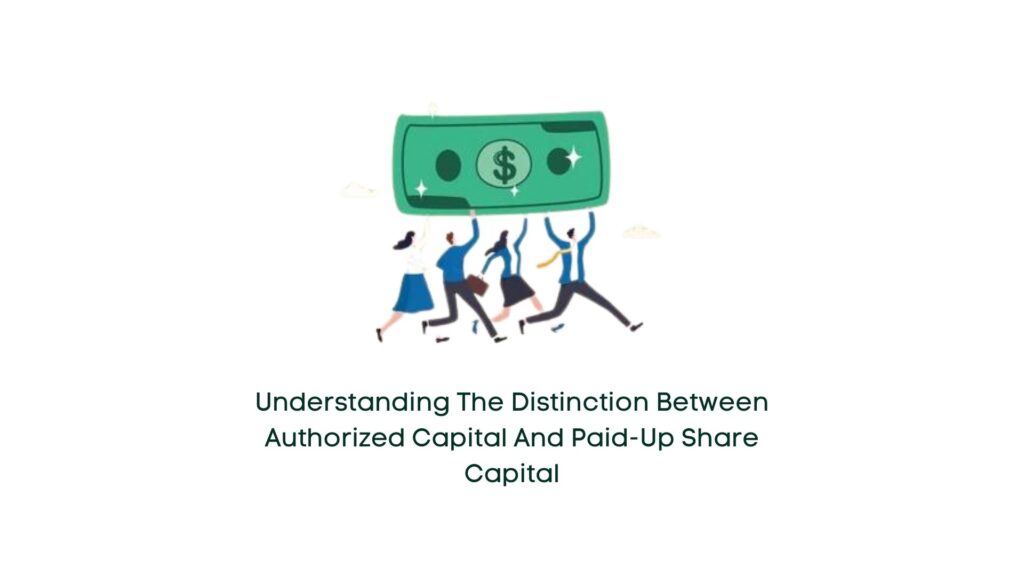
28 Feb Understanding the Distinction between Authorized Capital and Paid-Up Share Capital

In the realm of corporate finance, comprehending the disparity between authorized capital and paid-up share capital is essential. When companies opt to raise funds through share issuance, they delineate their capital structure in financial statements, which often includes these two terms. While confusion may arise regarding their dissimilarities, a clear understanding of each is crucial.
Share Capital Overview:
Before delving into the intricacies of authorized and paid-up capital, it’s imperative to grasp the concept of share capital. Essentially, when a company seeks to commence operations but lacks sufficient capital, it turns to the public by issuing shares and debentures, thereby accumulating funds necessary for its activities.
Types of Share Capital:
Share capital manifests in various forms, including authorized share capital, paid-up capital, issued share capital, and subscribed capital. However, this discourse primarily concentrates on authorized capital and paid-up capital.
Understanding Authorized Capital:
Authorized capital denotes the maximum sum of capital sanctioned by legal documentation for issuance to shareholders. This figure, specified in the Memorandum of Association (MOA), delineates the upper limit within which a company can issue shares. For instance, if a company’s authorized capital is ₹1,000,000, it cannot surpass this threshold when issuing shares without shareholder approval.
Comprehending Paid-Up Share Capital:
Contrarily, paid-up share capital represents the portion of called-up capital that shareholders have remitted. Called-up capital denotes the amount requested from shareholders against the shares allocated to them. Notably, there is no statutory minimum requirement for paid-up capital, and it can be equivalent to or less than the authorized capital.
Distinguishing Features:
A clear distinction lies between authorized and paid-up share capital. Authorized capital signifies the maximum value of shares a company can issue, while paid-up capital reflects the actual amount paid by shareholders. Furthermore, authorized capital is pivotal for determining a company’s potential fundraising capacity, whereas paid-up capital contributes to calculating its net worth.
Conclusion:
In essence, authorized share capital delineates the ceiling for potential fundraising through share issuance, while paid-up capital signifies the actual funds infused by shareholders. These parameters, established during company registration and documented in the MOA, underpin the financial framework of enterprises. Understanding these nuances is instrumental for investors, regulators, and stakeholders alike in navigating the corporate landscape effectively.


No Comments